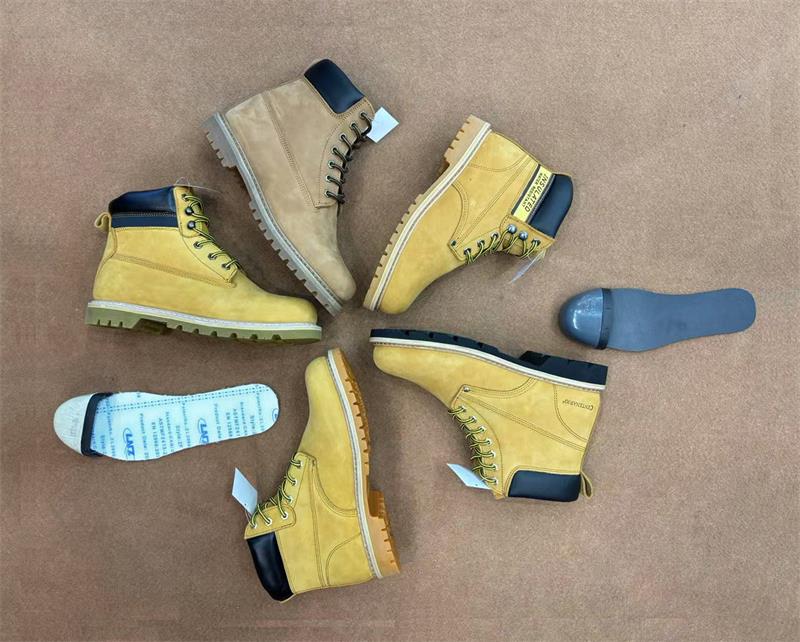The U.S. Federal Reserve announced its June interest rate decision, maintaining the benchmark rate at 4.25%-4.50% for the fourth consecutive meeting, aligning with market expectations. The central bank also revised its 2025 GDP growth forecast downward to 1.4% while raising its inflation projection to 3%. According to the Fed’s dot plot, policymakers anticipate two rate cuts totaling 50 basis points in 2025, unchanged from March projections. However, the forecast for 2026 was adjusted to just a 25-basis-point reduction, down from the earlier estimate of 50 basis points.
The Fed’s cautious stance reflects persistent inflationary pressures and slower growth expectations, signaling a challenging environment for global trade. Meanwhile, the UK reported a slight easing in annual inflation to 3.4% in May, though it remains well above the Bank of England’s 2% target. This suggests that major economies are still grappling with sticky inflation, potentially delaying monetary easing and weighing on consumer demand.
In Asia, Japan’s trade data revealed further strains. Exports to the U.S. plummeted 11.1% year-on-year in May, marking the second consecutive monthly decline, with auto shipments tumbling 24.7%. Overall, Japan’s exports fell 1.7%—the first drop in eight months—while imports declined 7.7%, underscoring weakening global demand and supply chain adjustments.
For international trade firms, these developments pose significant risks. Currency volatility may intensify as central banks diverge in policy timelines, complicating hedging strategies. Additionally, subdued demand in key markets like the U.S. and Japan could pressure export revenues, urging businesses to diversify markets or adjust pricing models.
The safety footwear export industry is facing shifting trade dynamics as key markets adjust tariffs and import regulations. Recent policy changes in the U.S., EU, and emerging economies are forcing manufacturers to reassess supply chains and pricing strategies.
In the United States, Steel Toe Oilfield Work Boots imported from China currently face Section 301 tariffs of 7.5%-25%, while Vietnam-origin products are under scrutiny for potential circumvention duties. The EU maintains a 17% anti-dumping duty on certain Chinese-made Black Boots Steel Toe, though some manufacturers have obtained exemptions through individual case reviews.
Customs data shows the global Scarpe Da Lavoro Goodyear Safety Shoes with growth projections of 4.2% CAGR through 2027. However, trade analysts warn that tariff differentials may reshape regional trade flows in the coming year.
As uncertainty lingers, companies must stay agile, monitoring central bank signals and trade flows to navigate the shifting economic landscape.

Post time: Jul-14-2025





